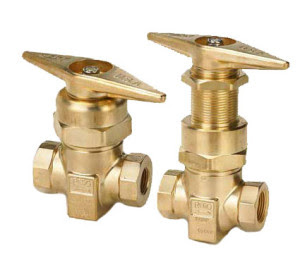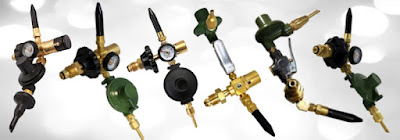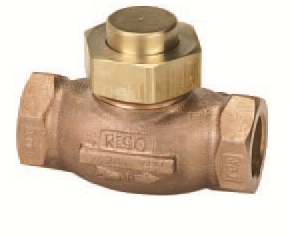Cryogenic Regulators - Understanding Cryogenics and Associated Hazards
Cryogenic liquids are formed when gasses are converted into liquid form. They are liquefied gases that have a boiling point of -150°C (-238°F). As there is a substantial difference between the gas and surrounding environment, it requires a special equipment to contain these liquids. Typically, the arrangement consists of a pressure control system, a storage tank, piping required for fill, supply, one or more vaporizers, and vaporization.
Characteristics of Cryogenic Containers
The tank looks like a vacuum bottle that is manufactured to keep heat away from the liquid. The cryogenic liquid cylinders are vacuum jacketed pressure vessels that are insulated too for obvious reasons. Vaporization of the liquids is a continuous process due to heat leak of the containers. However, the rates of vaporization depend upon the volume of the stored product or design of the container. The containers holding these liquids are manufactured in accordance to the latest industry standards and comply with all the industrial cylinder regulations. They are fitted with
insulated rigid or flexible lines that are used to remove the liquid from the containers and hence minimize the loss of the liquid product to gas. The
cylinders are designed to dispense gases like Argon with standard CGA (Compressed Gas Association) outlets along with suitable cryogenic regulators.
The cylinders have capacities between 80 and 450 liters of liquid and operate at pressures up to 350 psig.
Handling & Storage of Cryogenic Containers
The cylinders must be stored in a confined space where
adequate ventilation is available. They should also be equipped with cryogenic regulators that control internal pressure build-up. Users must take care not to tamper with, remove, or plug any
pressure relief device without proper monitoring. No unprotected body part must be exposed to un-insulated pipes or equipment containing these critical-natured products as the extremely cold metal causes the flesh to stick fast and tear when attempting to withdraw from it. Instead, experts suggest using a hand truck for moving these containers. The containers should always be held and stored in an upright position and must not be dropped or rolled on their sides.
DO NOT USE ADAPTERS – as mentioned in the container’s caution instructions. Always use proper connection. Industry professionals suggest using a check
valve or some protective apparatus on gas withdrawal systems to prevent reverse flow of the liquid. The piping must always be equipped with pressure relief
devices to prevent the cryogenic liquids or cold gases from getting trapped in piping between valves.
Evergreen Midwest has been serving the industry with its industry-compliant valves and regulators since 1978 and adheres to the highest quality standards while delivering products to customers. For any of your industrial equipment requirements, especially gas regulators and valves, please feel free to contact us by phone at 1800.659.3358 or visit our website at https://www.evergreenmidwest.com/ to
get an insight of all the products we provide.
Source - https://www.evergreenmidwest.com/blog/2017/07/03/understanding-cryogenics-and-the-associated-hazards/




